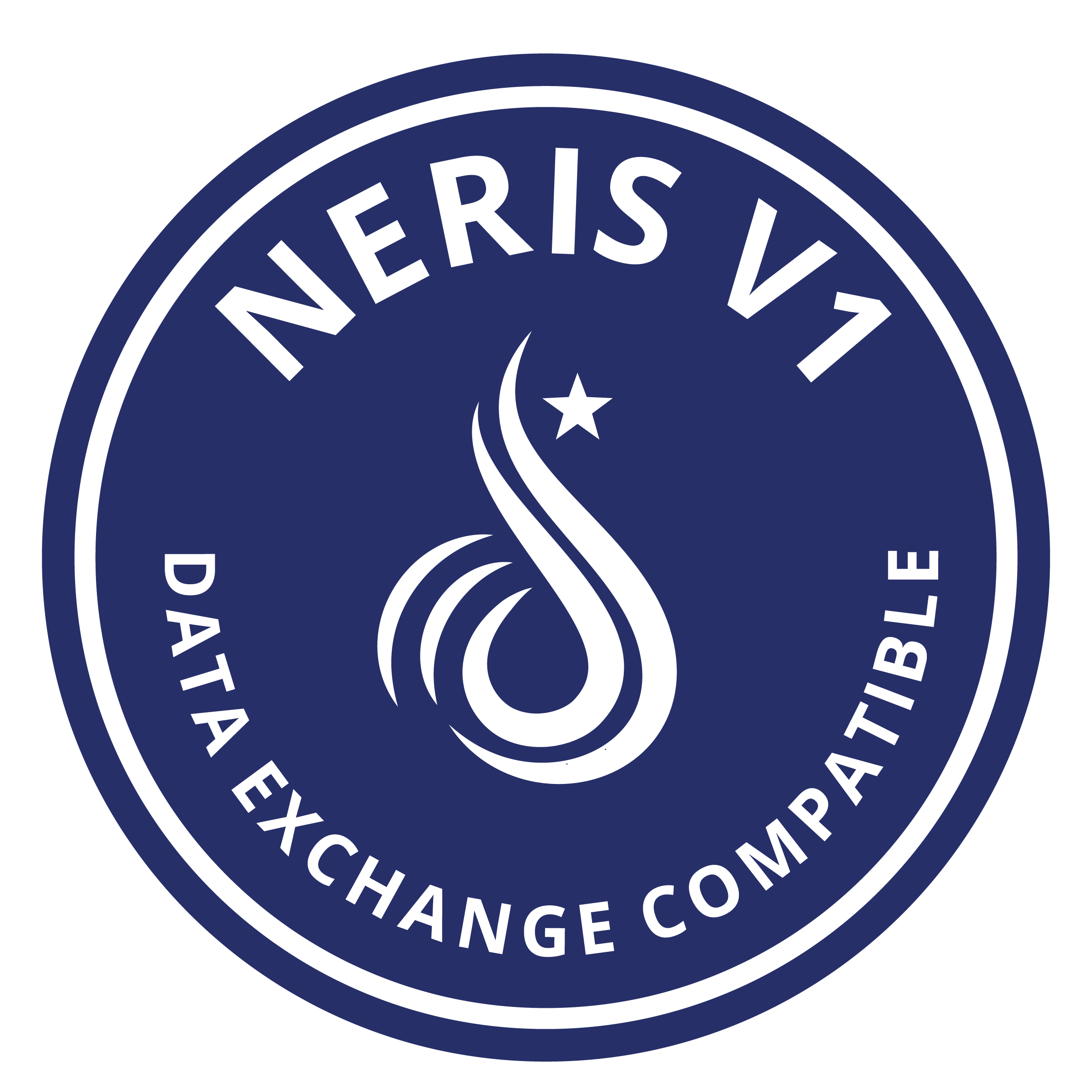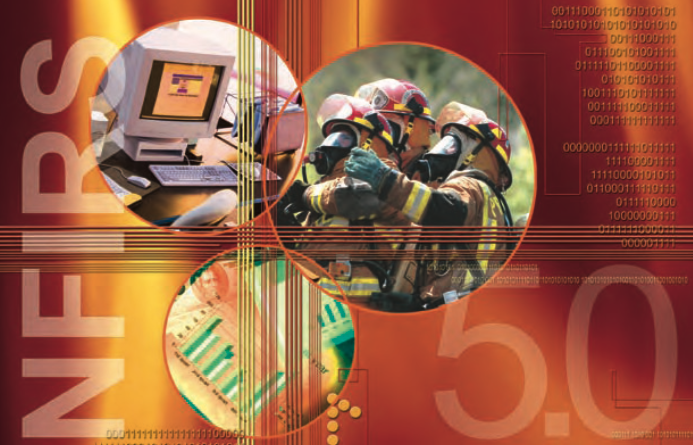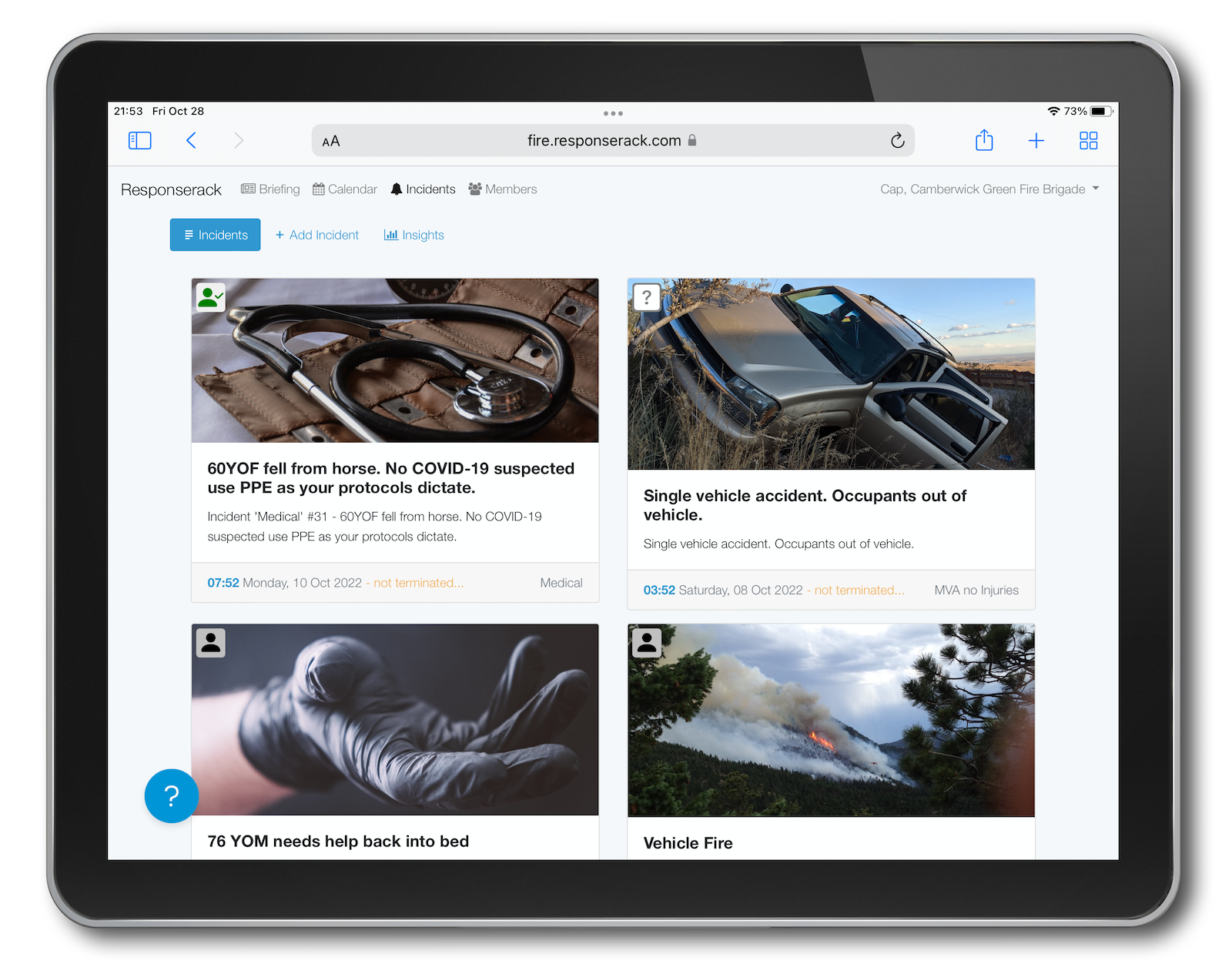

I’ve been a volunteer firefighters for over 20 years, but I’ve been digging deeper into NFIRS only for the last few years. Here in Responserack ‘Understanding NFIRS’ posts are some of the things I’ve learned along the way.
In this series of posts we’ll cover the NFIRS data dictionary and NFIRS codes and provide a guide for how you complete Incident Type, fill in Actions Taken and various other important fields like Property Use. Hopefully these posts will help you fill out your NFIRS incident report more easily.
NFIRS primary goal is to gathers data for analysis, and hence it “codes” fields (code 24 = Cooking Area, Kitchen, code 26 = Laundry Area) so the NFIRS database doesn’t have to deal with various flavors; e.g. “galley” or “canteen” or “kitchenette” any other variety of choices one could type into a field. Once entered into NFIRS the data is much simpler allowing for better data analysis (when ‘do cooking fires occur?’, ‘do smoke detectors help with cooking fire?’, etc. etc.)
Coding is used all over NFIRS for this reason. The down side of this is that because fields are coded (not free format) they have to cover all bases, and we all know to expect the unexpected with firefighting, leading to really really long code lists.
The practical implication of this for the firefighter filing out the incident report is wading through a long list of possible codes to try to find one, and (harder) to know it is the right one. Until one has NFIRS code lists memorized (or has a cheat sheet of commonly used codes) it is often tough to pick the right code. This makes NFIRS confusing for new users (and especially volunteer firefighters who report less frequently.)
NFIRS attempts to make this easier by grouping codes (e.g. the “fire group” for incidents verses the “medical/rescue group”) allowing the firefighter to pick their group, then find the most appropriate value within that group. That helps.
Having a printed copy of the Complete Reference Guide helps, and at Responserack we attempt to help further by providing online reference documentation with each element, its coding list and any helpful documentation we can add. Here is an example of Area of Origin.
Understanding coding helps you get started with NFIRS. Next we’ll talk about NFIRS elements and modules (forms.)
More posts to follow in the understanding NFIRS category.
Sign up to hear more from Responserack on Volunteer Fire Departments, USFA NERIS and USFA NFIRS.
Responserack provides services for volunteer fire departments; member information services, incident reporting, NFIRS and so much more.
